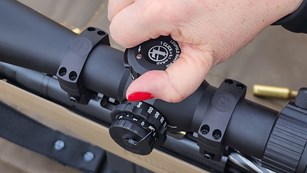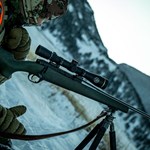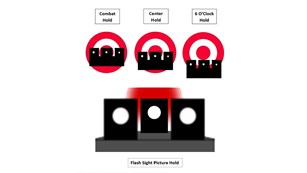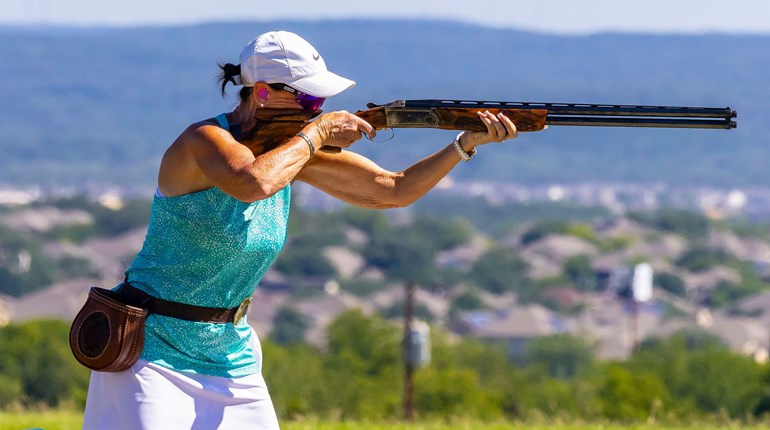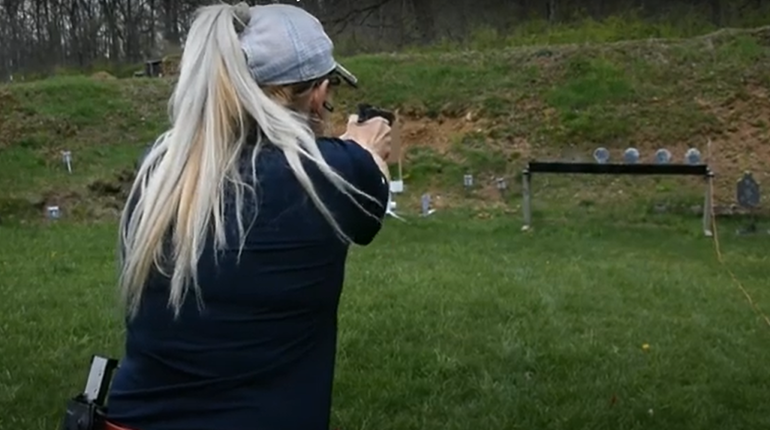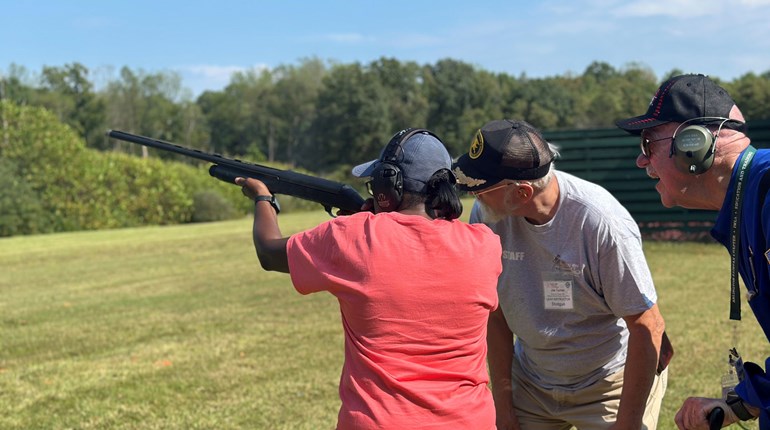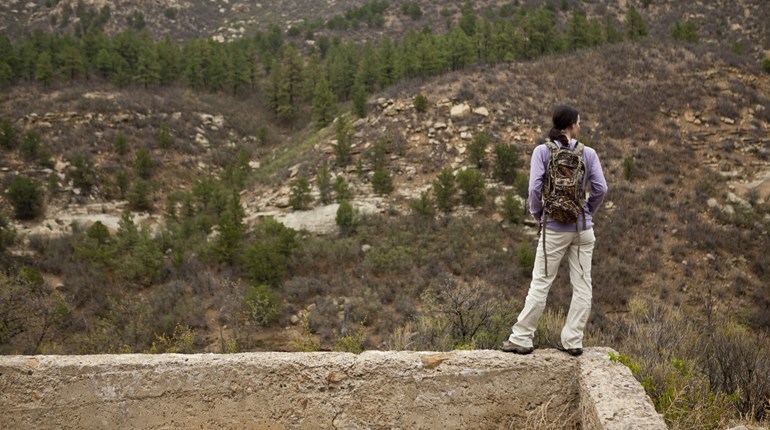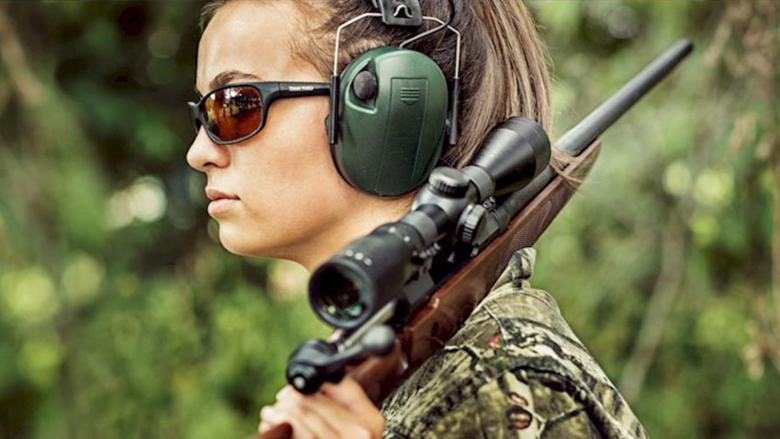
There’s this weird thing that happens during and surrounding disasters: People minimize or outright refuse to believe the threat. It happened on the Titanic, when the first lifeboats went out less than half full, because so many of the passengers decided that the situation just wasn’t that big of a deal. It happens when able-bodied people who have the means to flee an impending hurricane ignore evacuation warnings because “it wasn’t that bad last time.” It happens when gunfire erupts and people stand up and look around instead of ducking for cover. It happens to most of us every day when we get in a car and hit the road, despite knowing how many people die in motor vehicle accidents each year.
It’s normalcy bias, which is a form of denial, and it’s estimated that up to 70 percent of people are hit by normalcy bias in a disaster situation. We all have a tendency to think “this isn’t happening” or “this isn’t as bad as it seems” or “it won’t happen to me”—a tendency to so badly want things to still be normal that our brains tell us that nothing is wrong at all. It can even be contagious—people around you might talk you into believing everything is fine because that helps them maintain their own denial, and denial is comfortable (at least for a little while).
Normalcy bias is the freeze part of the fight, flight or freeze response. Biologically, it can be beneficial, as when a prey animal freezes in place to avoid attracting the attention of a predator. But other times, it puts us in real danger, especially when you consider that it takes the brain eight to 10 seconds to really process new information in a calm state, and stress slows that process. This is part of the reason why we always say that you can’t outdraw a drawn gun—there’s a huge physical component to that, yes, but there’s also the mental hurdle you have to get through to make your brain realize that it’s time to draw your firearm. Jumping that mental hurdle takes time that can cost you when a situation is developing with the potential to turn violent. We tell you to get out of there before you have to fight your way out, but a big part of that is recognizing that something is happening and not denying that trouble is brewing.
Overcoming Normalcy Bias
Some critical thinking skills can help you work through normalcy bias, if you have the luxury of time. Ask yourself if you’re dealing with facts or emotion (understanding that emotion isn’t necessarily wrong). Do you have evidence or just anecdotes to support your thinking? Have you gathered information first-hand, or from someone else? Are you OK with being wrong, or are you so stubborn that you’ll cling to your bias out of pride?
Situational awareness is a major component of overcoming normalcy bias. Being aware of what’s going on around you will clue you in to potential problems early, and if you can get that 10-second processing time out of the way sooner rather than later, you’ll be more in-the-moment when things get real. Knowing what to look for is key here, too. You need to be able to spot trouble while it’s still in the potential stage before it gets kicked into high gear.
You can also short-cut the normalcy bias delay by having a plan to deal with a disaster. You can’t plan for every contingency, of course, but you can have fire extinguishers and smoke alarms to deal with a home fire, an evacuation plan to deal with a hurricane, a concealed-carry firearm to help you deal with criminal violence, a who-to-call plan for medical emergencies, even a financial plan to help you manage your stock portfolio during market volatility.
Stress inoculation can be a huge help in training yourself to fast-forward the normalcy bias delay, which is why we encourage training under pressure as much as you’re able. This will help you get a feel for what it’s like to operate under the influence of an adrenalin dump, and the more you do it, the easier it will be for you to manage the mental and physical effects. You’ll be less likely to panic or freeze during a real disaster if your body has already been there and done that. And the more you bounce back from the bad stuff, the more you build resilience—which is the key to confidently knowing you can handle what’s thrown at you.
If you’re prepared to meet a disaster, whether it’s a natural disaster, a personal emergency or a criminal encounter, you’ll be much less likely to suffer normalcy bias and much more likely to push it aside quickly if you do. Then you can move on from freeze into the more appropriate fight or flight response.
